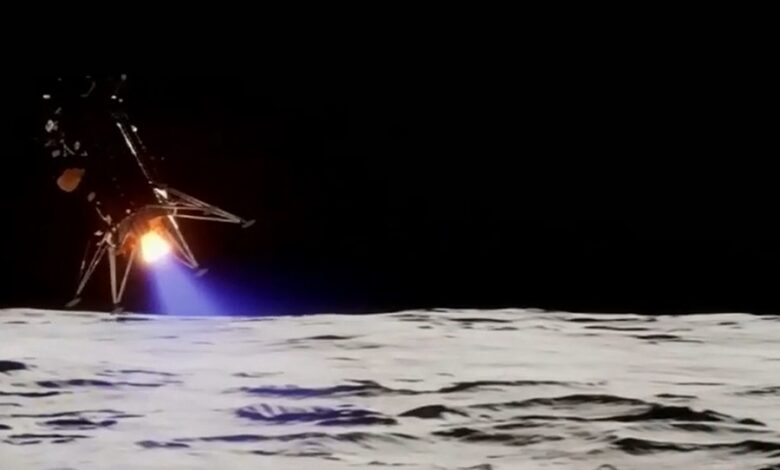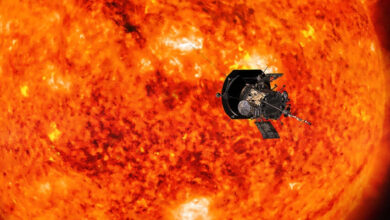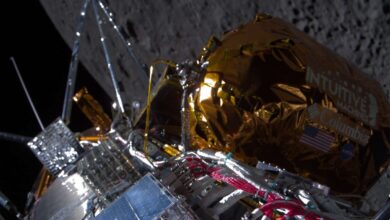Intuitive Machines Makes History with First US Lunar Landing in 50 Years

In a monumental achievement for space exploration, Intuitive Machines, a Texas-based company, has successfully landed a spacecraft near the moon’s South Pole, marking the first private sector and United States lunar landing in nearly half a century.
The historic event unfolded on Thursday as the unmanned six-legged robot lander, named Odysseus, touched down at approximately 6:23pm EST (2323 GMT). The suspenseful final approach and descent were not without challenges, as an issue with the spacecraft’s automated navigation system emerged, prompting ground engineers to implement an untested workaround at the last minute.
Despite initial communication hurdles and an expected radio blackout during descent, mission control eventually established contact with Odysseus, confirming its touchdown with a faint signal. Intuitive Machines’ mission director, Tim Crain, expressed jubilation at the achievement, heralding it as a significant milestone for the team.
Read More: Solar Storm Alert: NASA Warns of Communication Disruption
NASA Administrator Bill Nelson commended the successful landing, hailing it as a “triumph” and underscoring the importance of the mission in advancing lunar exploration. The touchdown marks the first controlled descent to the lunar surface by an American spacecraft since NASA’s final crewed moon mission, Apollo 17, in 1972.
With this historic milestone, Intuitive Machines joins an elite group of nations that have achieved lunar landings, including the former Soviet Union, China, India, and Japan. However, the United States remains the only country to have sent humans to the moon.
Odysseus carries a suite of scientific instruments and technological demonstrations for NASA and commercial clients, designed to gather crucial data on the lunar environment and support future missions. Powered entirely by solar energy, the spacecraft is equipped to operate for seven days before the onset of the lunar night.
The primary objectives of the NASA payload include studying the effects of space atmosphere on the lunar surface, conducting radio astronomy, and advancing our understanding of the lunar environment to inform future exploration endeavors. NASA’s plans for manned return missions to the moon later this decade further underscore the significance of Odysseus’ successful landing in paving the way for humanity’s continued exploration of the cosmos.



